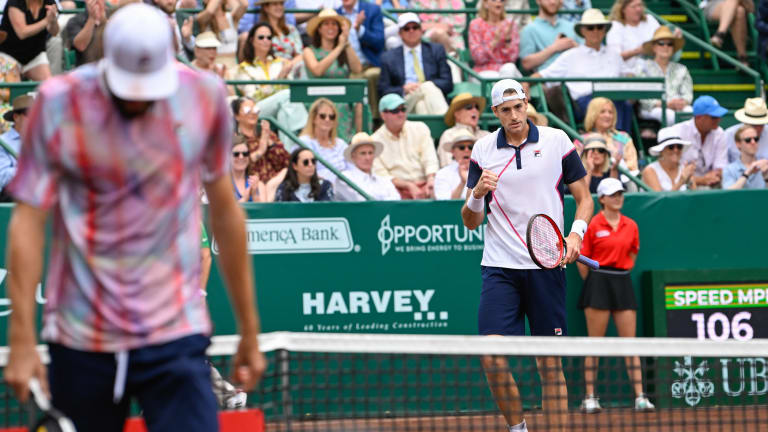Betting 101
Betting 101: Understanding how to bet on totals
By Feb 12, 2023Betting 101
Betting 101: Learning how to play the futures market
By Feb 24, 2023Betting 101
Betting 101: What it means to bet the spread
By Feb 08, 2023Betting 101
Betting 101: Gaining an understanding of what the odds actually mean
By Feb 01, 20232025 Year In Review
Aryna Sabalenka becomes seventh player to repeat as WTA Player of the Year
By Dec 15, 2025Ranking Reaction
Carlos Alcaraz kicks off milestone 50th career week at No. 1 on ATP rankings
By Dec 15, 2025Top 5 Stats of the Year
Stat of the Year, No. 5: Jannik Sinner’s historic finals feat at the five biggest tournaments
By Dec 15, 2025Style Points
Zheng Qinwen shows off "a rhythm of her own" in December Vogue China spread
By Dec 15, 2025Next Gen ATP Finals
Learner Tien tops Next Gen ATP Finals draw hoping to finish job in Jeddah
By Dec 14, 2025Opinion
Does tennis need a Rules Committee?
By Dec 14, 2025Betting 101: Understanding how to bet on totals
We have utilized three different types of betting totals with our Tennis Bets picks: game totals, set totals and individual player totals.
Published Feb 12, 2023
Advertising
Advertising

In an unpredictable matchup between two big servers, like John Isner and Reilly Opelka, betting the total is a smart play.
© ©Icon Sportswire (A Division of XML Team Solutions) All Rights Reserved